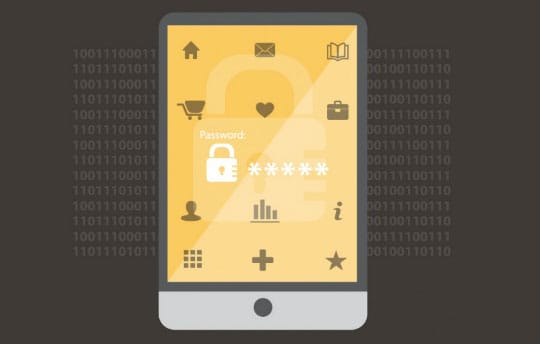In the fall of 2014, one of the biggest banks in the nation found itself suffering from a massive cyber attack. Hackers obtained names, addresses, phone numbers and email addresses of 83 million households and small business accounts from JP Morgan Chase bank. Though no account numbers, passwords or Social Security numbers were compromised; major damage was done to businesses as well as JP Morgan Chase as a whole. Tal Klein of Adallom explains,
“Criminals could literally take on the identities of these 83 million businesses and people. That’s the biggest concern.”
This cyber attack went down as one of the biggest data breaches in history.
As you can see, a cyber attack can have a dramatic impact on a business, and it tends to have an even greater effect on large companies. According to recent research, cyber attacks are launched against small businesses every day, and can negatively affect the company’s bottom line.
When a business is hit by a cyber attack, the average cost of the damage is around $38,000. The cost of professional cyber security experts lost business opportunities and downtime is all factored into this estimate. According to Kaspersky Lab, most businesses end up paying another $10,000 to clean up the damage.
Business owners are forced to hire IT security professionals, risk consultants, auditors, lawyers and accountants. Some studies show that business owners end up losing about $23,000 in downtime, and they lose another $5,000 to lost business opportunities.
After a security breach, a typical business will also lose money due to indirect costs (that cost is rising). Most business owners will end up spending another $8,000 to make sure a similar incident doesn’t occur in the future. They might have to make upgrades to infrastructure, train existing employees and hire new staff members.

Following an attack, it’s also quite common for businesses to suffer reputational damage, which is estimated to cost businesses another $8,600. When all of these costs are combined, an average business owner will have paid out nearly $55,000 for a single cyber attack.
The actual damages suffered by each individual business will vary, but these estimates are made to be as accurate as possible. The average loss for a large company is near $824,750. One of the most common types of cyber attacks carried out against businesses involves malware.
Attacks can also be attributed to accidental data leaks and phishing attacks. Despite the fact that cyber attacks are very real and becoming quite common, less than half of surveyed business owners view cyber security as a priority.
How to Mitigate the Costs of Cyber Attacks
The good news is that there are several ways to mitigate the costs of cyber attacks. The reality is that all businesses face the threat of these attacks, but business owners don’t have to let it happen.
Since almost every business has some sort of database, network or online presence, there is almost always a way for criminals to gain entry. Business owners can use these tips to mitigate the costs associated with such an attack.
Make Security a Top Priority
Many business owners don’t understand the importance of network security. This is especially true if they’ve never faced a cyber attack or know another business owner who has faced such an attack.
To mitigate the costs, it’s important for business owners to make network security a top priority. The threat of cyber attacks will only continue to grow, so business owners must understand the risk and start taking steps to strengthen network security. It’s much cheaper to hire IT professionals and prevent an attack from occurring than it is to wait until after an attack has been carried out successfully.

Purchase Defensive Technologies
Business and IT managers need to consider purchasing defense technologies. According to some of the latest data, the top tools for IT security are firewalls, encryption technologies, anti-virus, intrusion detection and endpoint management. The right combination of these tools should be able to block all but the most determined intruders, which helps to protect a company’s bottom line.
Watch Mobile Devices
According to recent studies, nearly half of the critical applications used by businesses are accessed by mobile devices. Tablets and smartphones are two of the top mobile devices used. Experts believe the practice of accessing sensitive applications via mobile devices will continue to increase, so it’s important for business and IT managers to pay special attention to mobile devices.

All and all, it’s important to develop best practices for mobile security, which will help prevent cyber attacks.
This article is written by Xander Schofield. He is a full-time consultant for tech startups and a devoted husband. He is a lover of all things that go BEEP. Follow him on Twitter.





